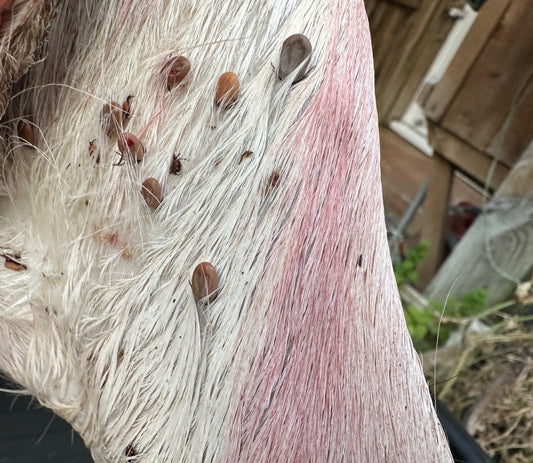In the woodlands of Southern England, two common deer species, Roe and Fallow deer, interact with their habitat in different ways, particularly in terms of feeding habits. These differences play a significant role in the process of woodland regeneration. Let's explore how these deer species influence woodland flora and, consequently, its regeneration.
Roe Deer: Selective Browsers
Roe deer have a particular liking for young shoots and leaves, often targeting specific species of trees like oak, ash, and birch. Their selective browsing behaviour often results in a clear browse line in the woodland, which can hinder the growth of understory vegetation and young trees. This can potentially disrupt natural woodland regeneration, lead to soil erosion and alter the species composition of a woodland over time.
Fallow Deer: Generalist Grazers
Unlike Roe deer, Fallow deer exhibit a more generalist feeding behaviour. They graze on a variety of vegetation including grasses, herbs, and the shoots of young trees. Their broader palate means they may cause a more generalised browsing pressure on woodland vegetation, impacting a wider variety of plant species. Overgrazing by Fallow deer can inhibit natural regeneration processes and lead to an overgrazed woodland floor.
Woodland Regeneration: A Complex Process
The feeding behaviours of Roe and Fallow deer highlight the complex impact deer can have on woodland regeneration. Effective deer management strategies are crucial to balance the presence of deer and the woodland’s ability to regenerate and maintain its biodiversity. Measures like culling, fencing, and tree guards may be necessary to foster a balanced co-existence between deer and woodland flora.
In conclusion, understanding the different feeding behaviours of Roe and Fallow deer is essential in devising effective deer management strategies to support woodland regeneration. Through informed, balanced, and adaptive deer management, it's possible to mitigate the impacts of deer on woodland flora and promote a healthier woodland ecosystem.




